This astounding amount of political spending by Maine’s largest utility amounts to $55,448 per day from January through March, which compares to the average medium household income in Maine of $55,602. The government-owned Canadian energy giant Hydro-Quebec has spent $2.047 million as part of its coordinated effort with CMP to defend the project against a citizen initiative successfully brought forward by more than 66,000 Maine voters to stop the project. Total daily spending by the two companies combined over the report period was nearly $77,000.
CMP’s political campaign includes a vast network of out-of-state political consultants; misleading and simplistic television, print, and online advertising; and mobilization of lawyers and lobbyists trying to stop Mainers from voting on the project. The company has spent lavishly on polling, private investigators to stalk petition gatherers, opposition research, consultants that specialize in blocking citizen-initiated referenda, helicopter services, and even fine dining. The company’s political spending reports show:
- $5.139 million on TV and cable ads and $70,138 on digital ads
- $870,623 on direct mail and print ads
- $505,495 on polling and survey research
- $99,021 on a private detective firm, Merrill’s Investigations, to stalk Maine citizens who were gathering signatures
- $91,520 on campaign manager Jonathan Breed since October, already significantly more in six months than the annual salary of $70,000 for Maine’s governor
- $94,392 on an Oakland, California-based opposition research firm, VR Research
- $75,000 on an Arizona-based political firm, Signafide, whose sole purpose is to discredit signatures for citizen’s referenda
- $2,500 on helicopter services
- $2,077 on fine dining, including at David’s, Flood’s, Union, and Katahdin restaurants
If CMP and Hydro-Quebec are spending this kind of money trying to thwart the will of the Maine people, what's in it for them?
Huge profits are at stake for these corporations, and investors in CMP’s parent company, Avangrid, recently expressed significant concerns that Maine people might defeat this project. Hydro-Quebec stands to make $12.4 billion on this project and CMP and its parent companies would earn $2 billion.
“At this rate, CMP and Hydro-Quebec could spend more than $20 million by November in their effort to sell Mainers a project they don’t want,” said Natural Resources Council of Maine Advocacy Director Pete Didisheim. “This level of spending is unprecedented, deeply troubling during the current coronavirus pandemic, and, frankly, obscene. Mainers should be outraged that CMP would spend this much money when the company still struggles to restore power outages and deliver accurate bills.”

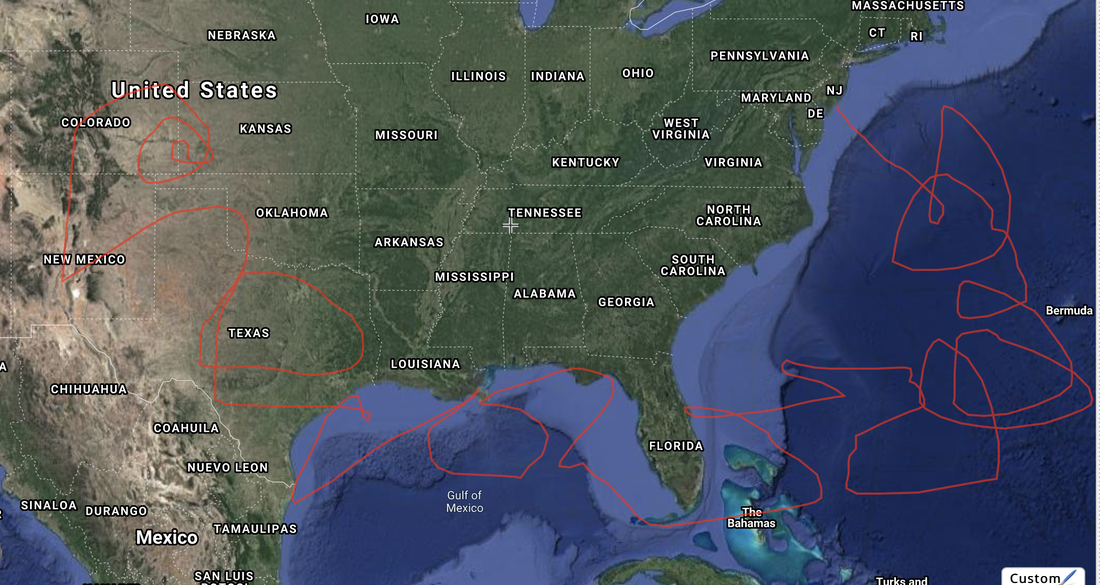
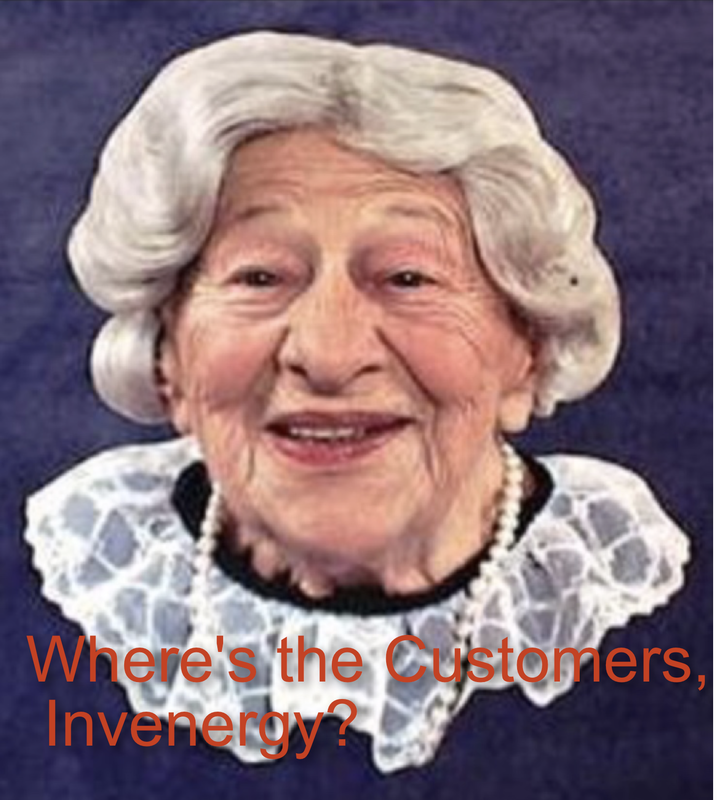

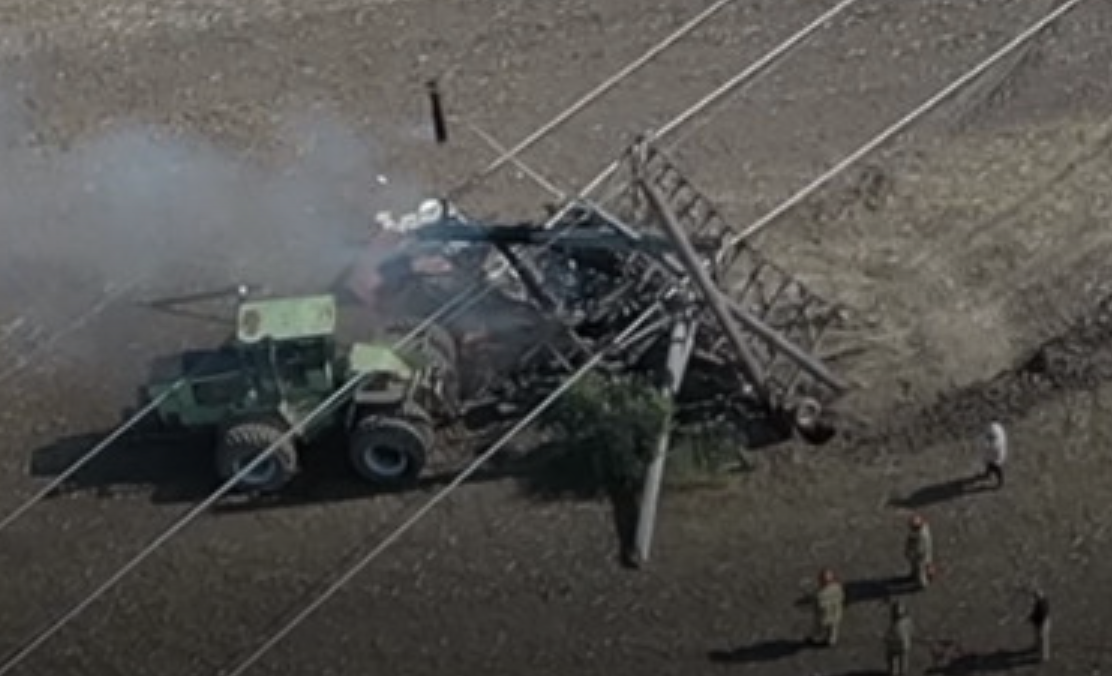

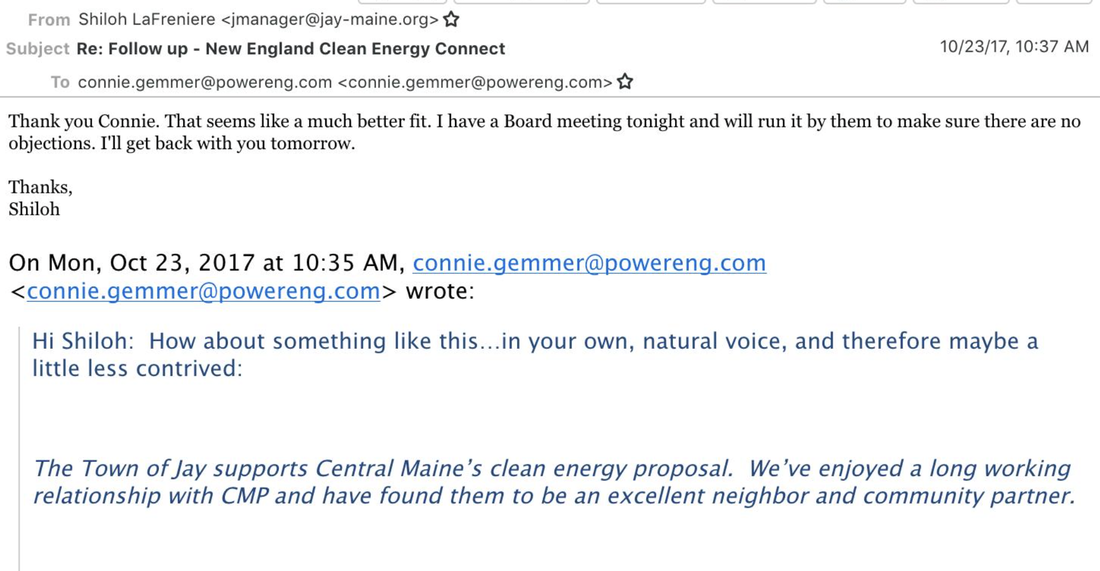
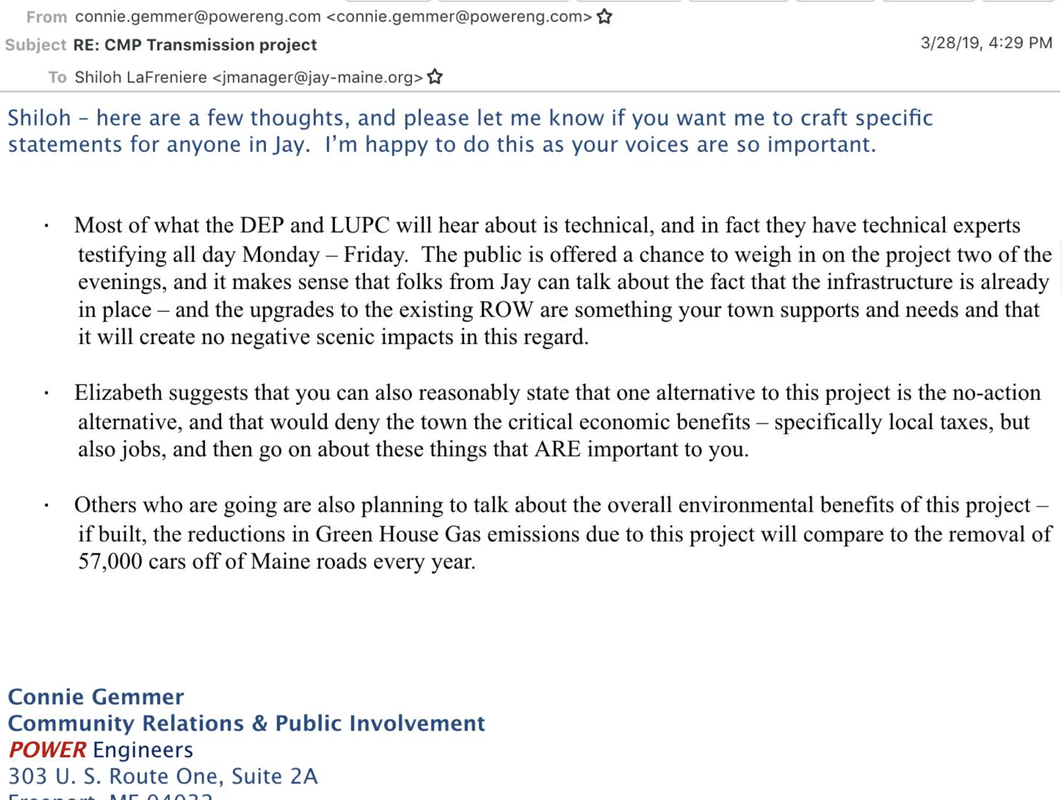
 RSS Feed
RSS Feed